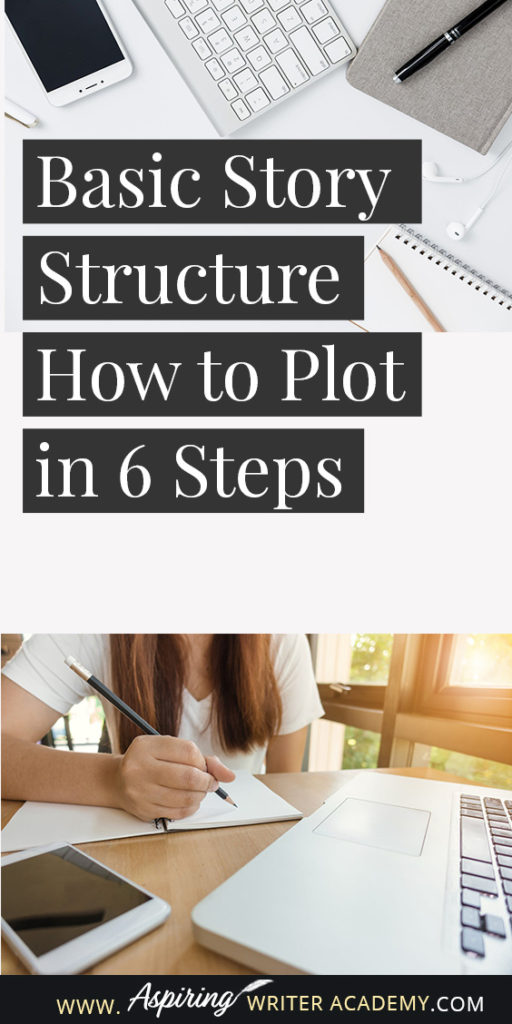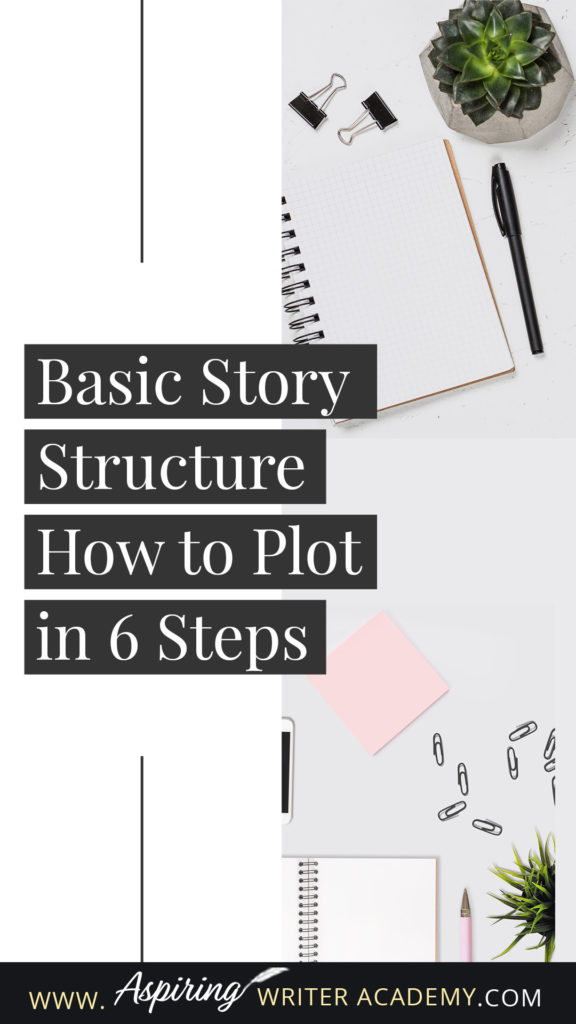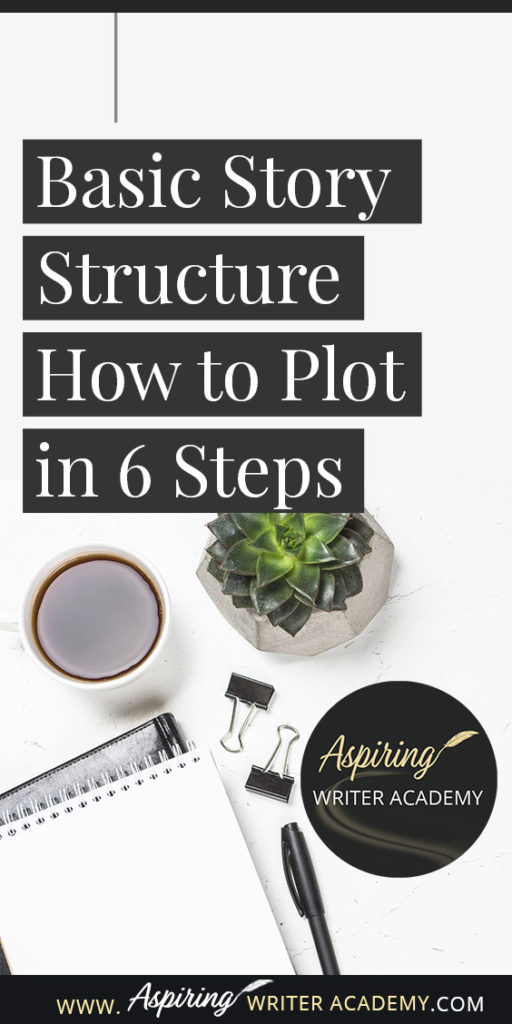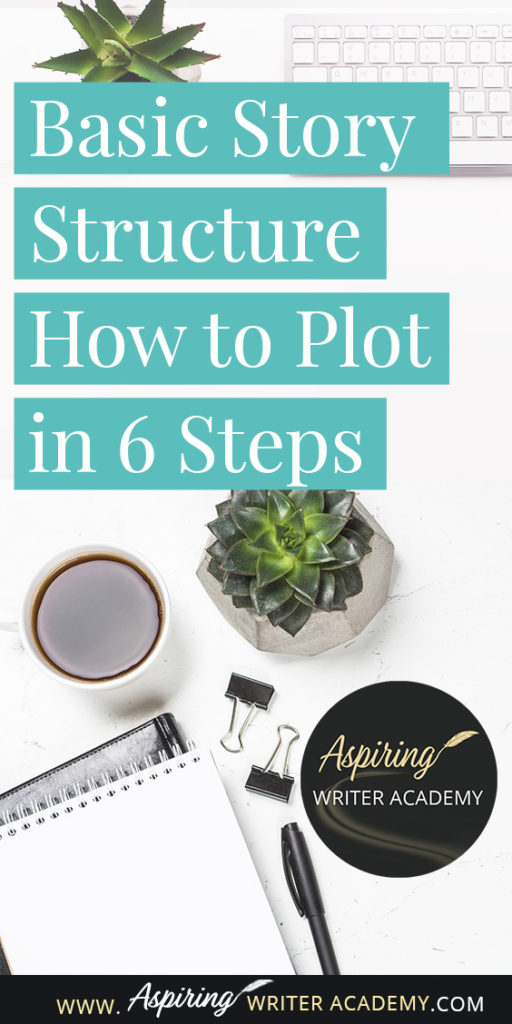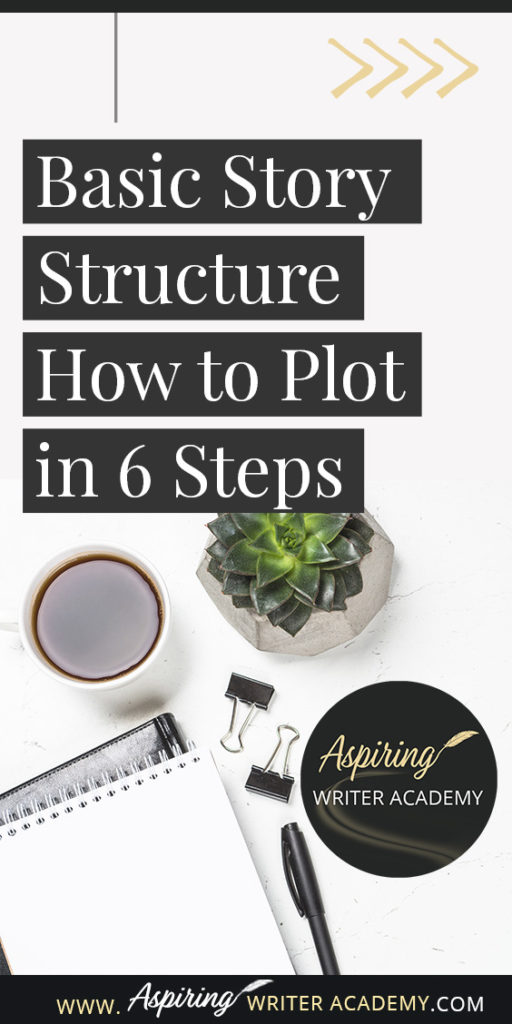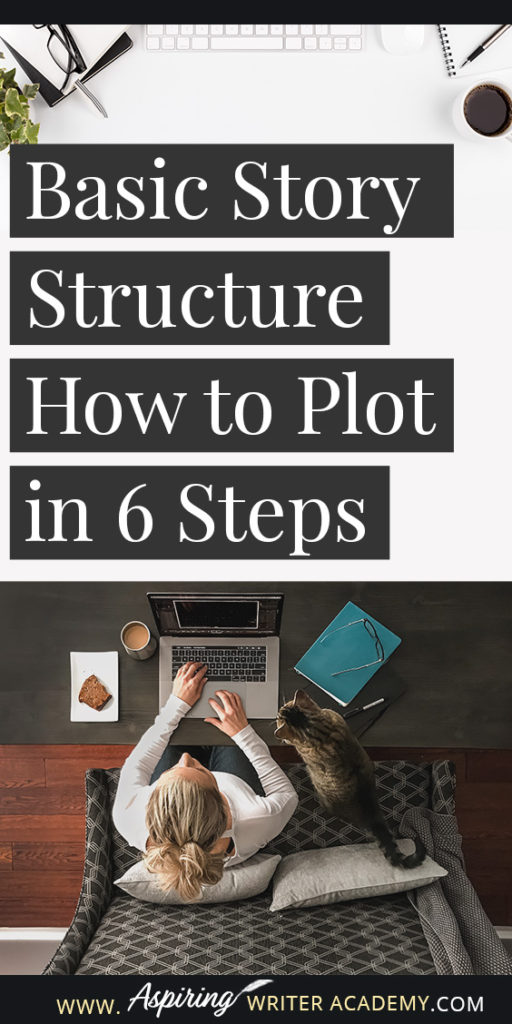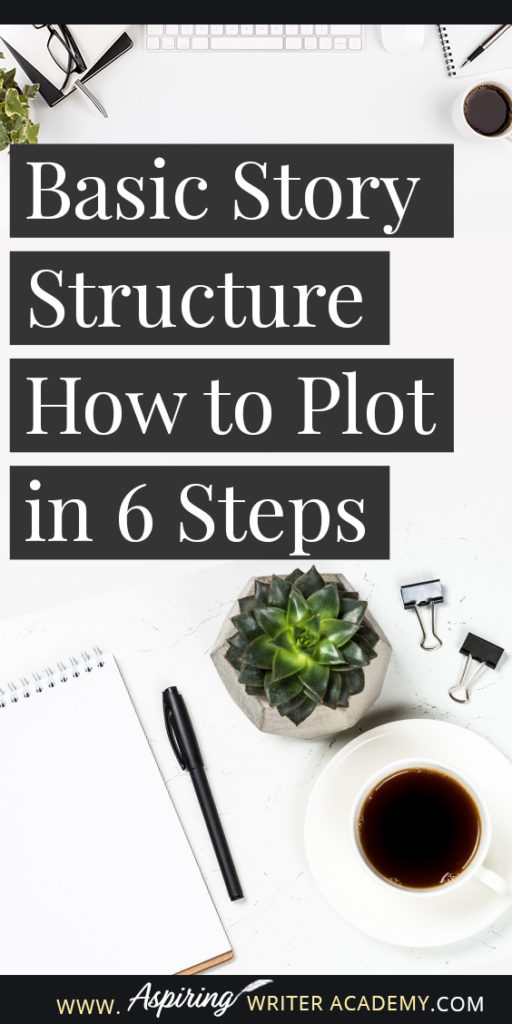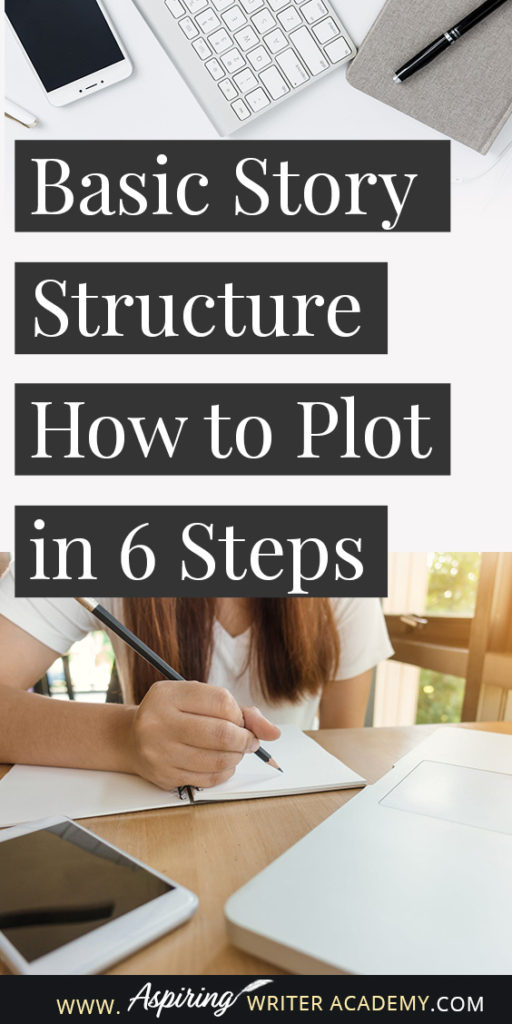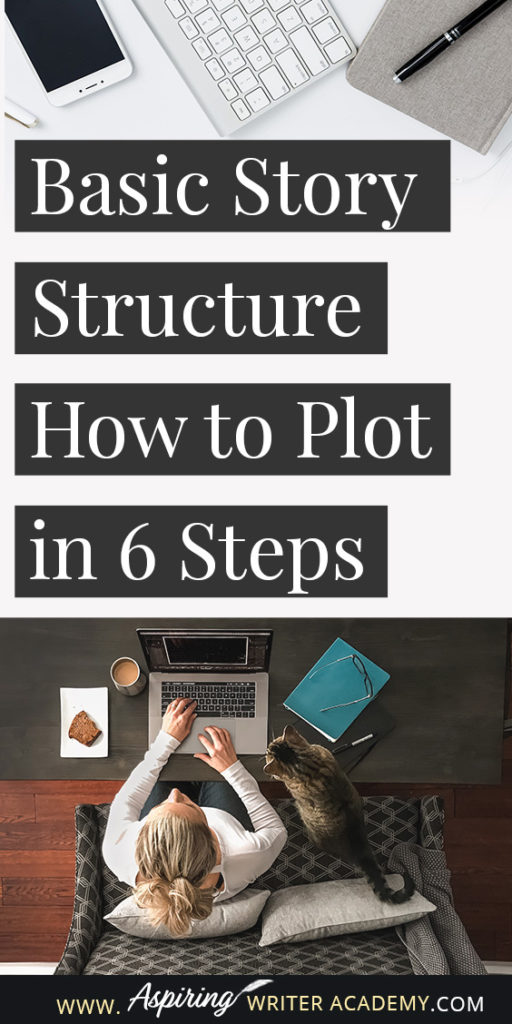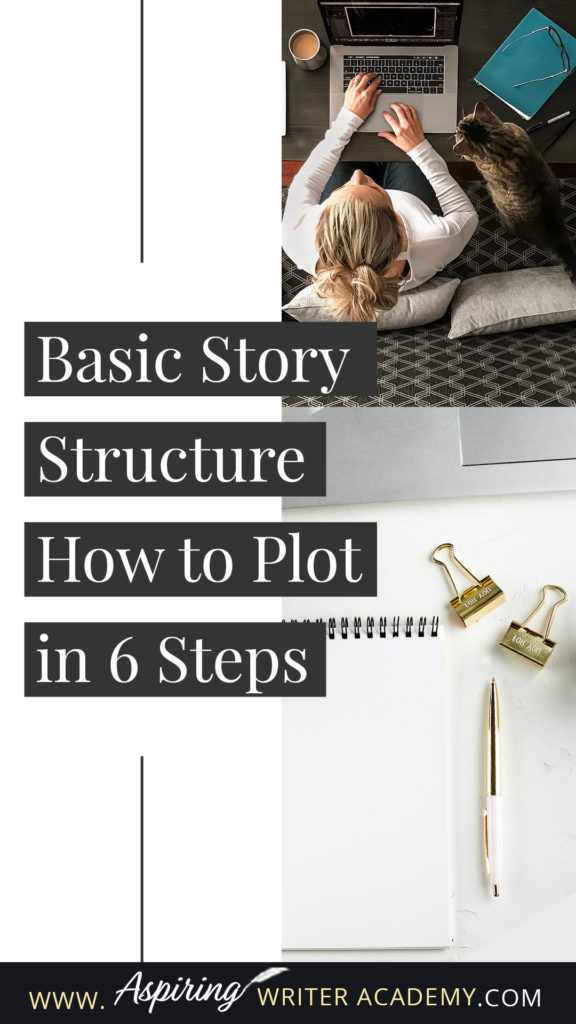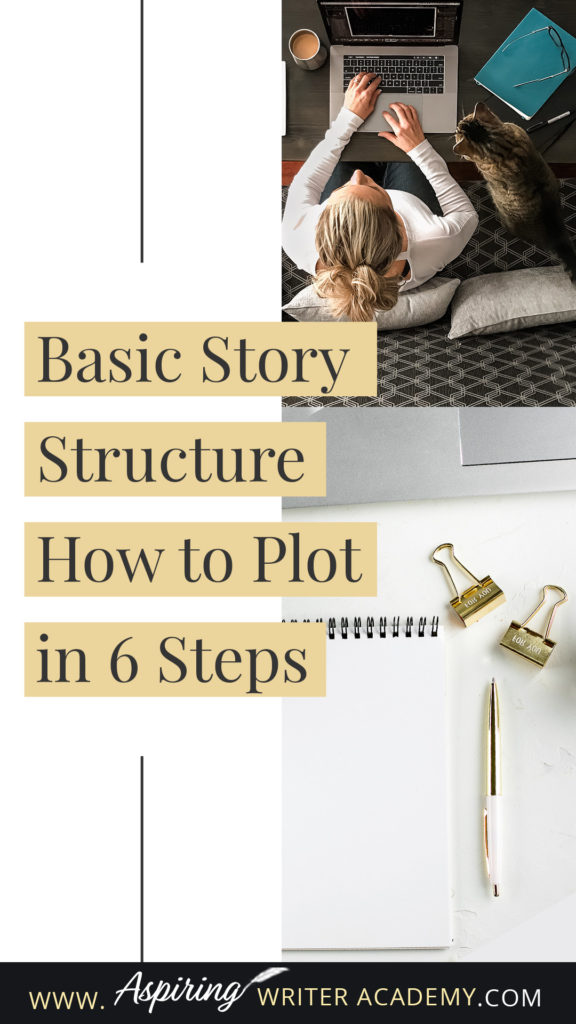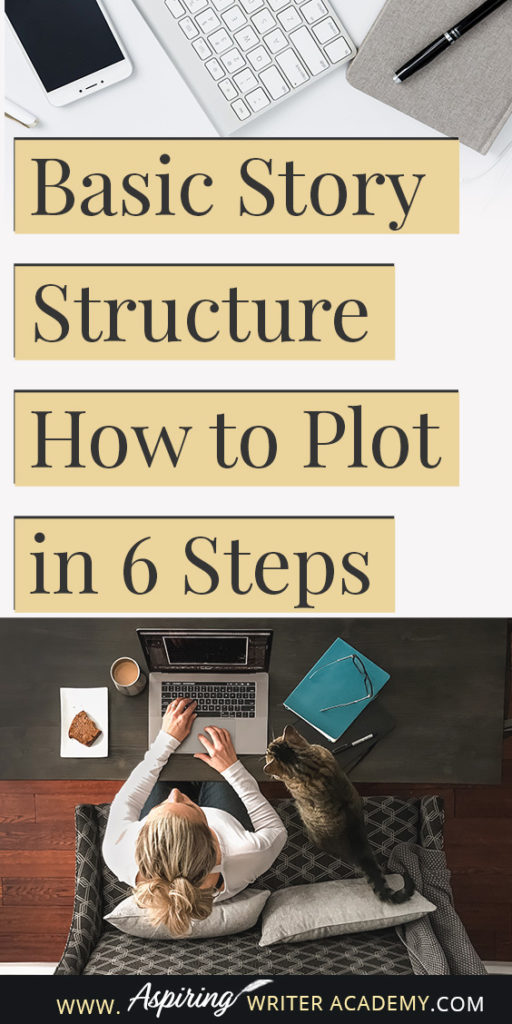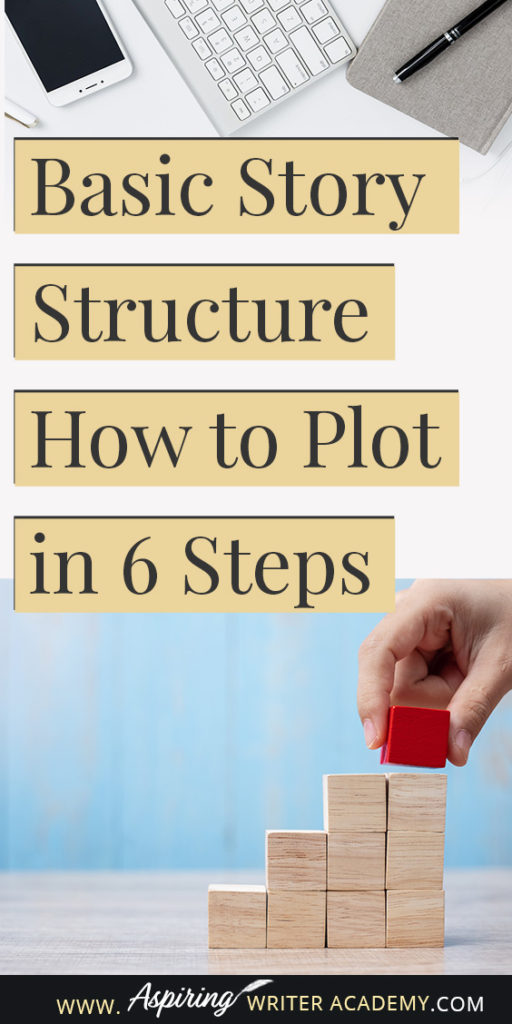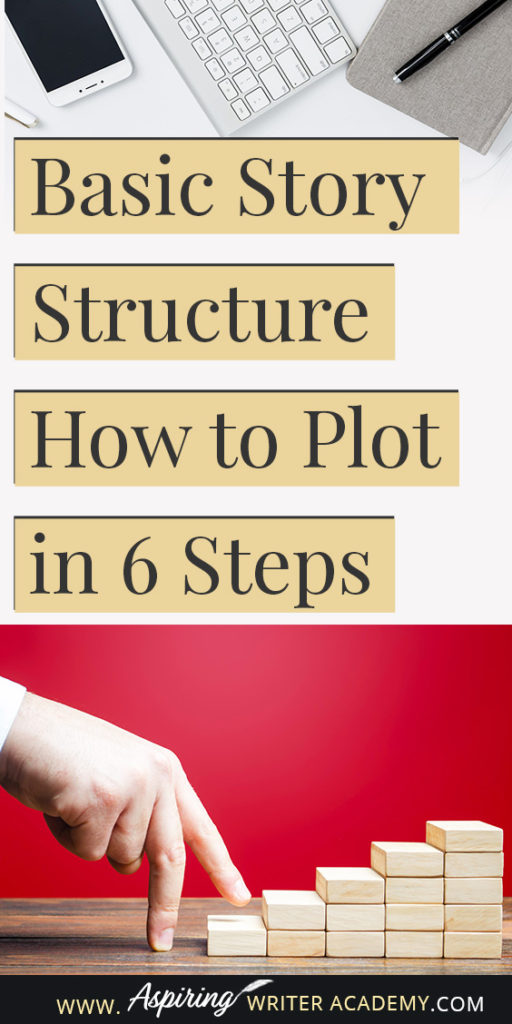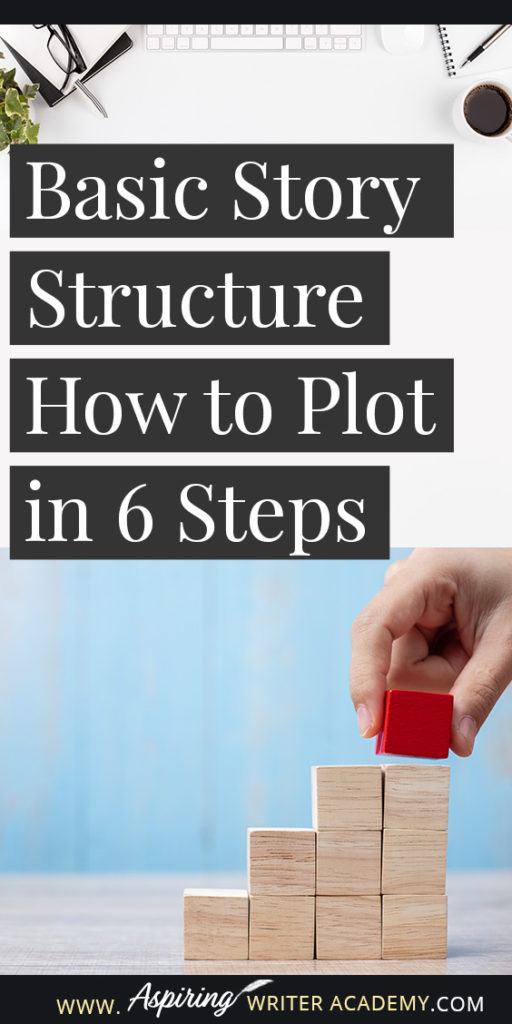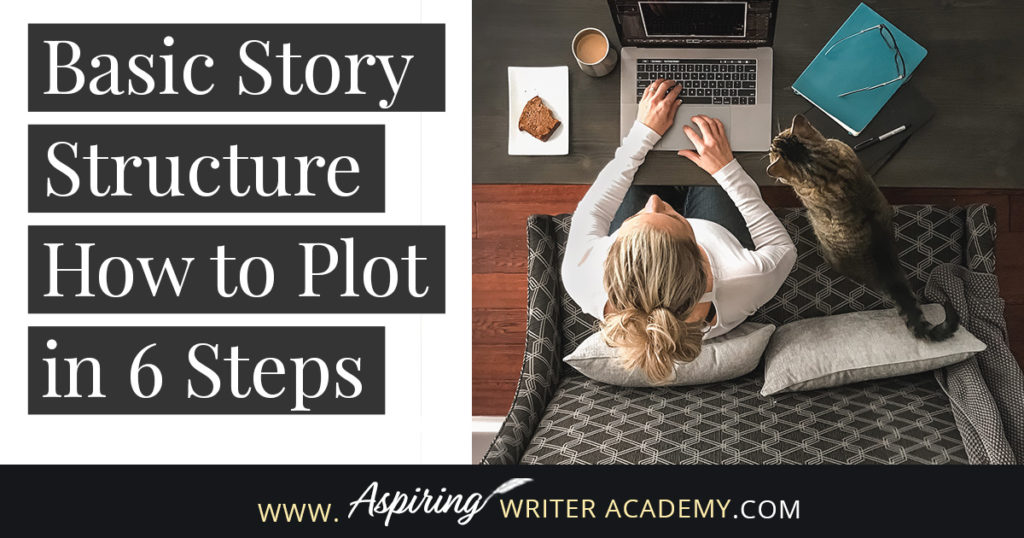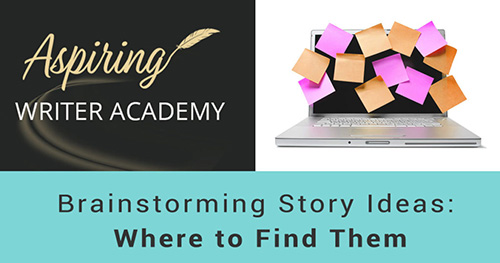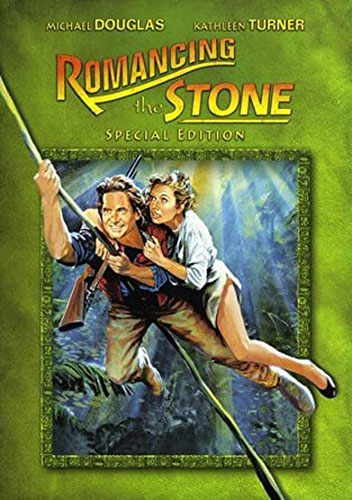Basic Story Structure: How to Plot in 6 Steps
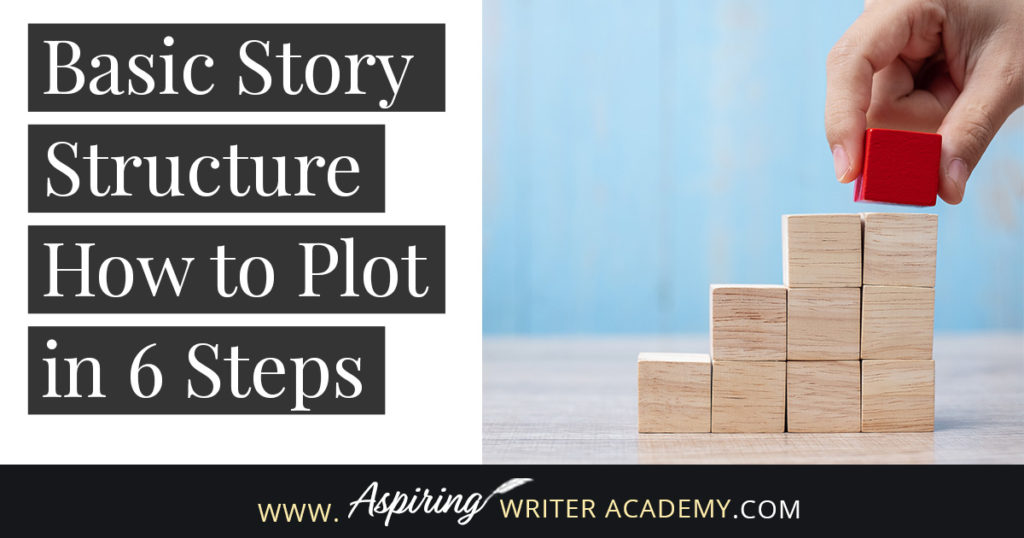
Before you sit down to write a story, you must first decide: What do you want to write about? And even more importantly—Why?
What is it that excites you about this idea?
Is there a special setting where you want your story to take place? Why? What do you like about it? Does it have an interesting history?
Do you have a certain type of character in mind whom you want to write about? Why does this character fascinate you?
Or did a piece of overheard dialogue or an image pop into your head that has inspired you to envision part of a fictional scene? Did you witness or imagine or read about a situation, incident, or particular action that got you thinking? Why did this catch your attention or intrigue you?
Maybe you have a core theme, like forgiveness or trust, that you want to write about? Or a specific message that you want to convey to your readers? Why is this important to you? What kind of character/event/situation/setting could play out this theme in a story?
If you are having trouble coming up with a story idea, I invite you to check out: Brainstorming Story Ideas: Where to Find Them
Once you have an idea to work with, you can start brainstorming a basic preliminary plot.
Plot is what happens when your main character moves through the sequence of interrelated scenes of your story.
Now there are several instructors who teach various plotting structures, some simple and some more complex. At Aspiring Writer Academy, we have both. But to launch you in the right direction when you are still brainstorming, we created an easy 6-step template for popular fiction to help you grow that initial idea into a “working draft of a story.”
1) Story Set up
Characters:
Who is your main character?
- What are the main character’s distinctive personality traits? What are their special abilities or strengths?
- What is this character’s greatest weakness? What is your character not good at? How can this cause him trouble?
- What does this character most desperately want? Why?
If you are not sure who your main character should be:
This character will decide to pursue a goal in order to overcome a problem. This problem will threaten that character’s ordinary way of life and the character will not be at peace until it is resolved. This character will have the most to lose if they do not accomplish this goal. This character also has the biggest lesson to learn during the course of the story creating a “character arc” or transformation of the character from who he was at the beginning of the story to who he is at the end.
Special Note: If you have a buddy or friendship story, or a romance, or story where it seems there are two or possibly even three main characters, there will still only be ONE who has the bigger role.
Who will oppose your main character?
Example: Captain Hook
Every story needs conflict to make it interesting for the reader to keep turning pages. The opposition can be a true villain or a friend, family member, neighbor, coworker, or romantic interest who will work to keep the main character from achieving their goal throughout the story.
- Why is it important that they oppose your main character?
- What does the opposition have to lose if they don’t win?
Is there a romantic love interest? Or another main sub-character? (Another significant character who is active throughout the story?)
- What is this other character’s relationship to both the main character and the villain/antagonist?
- How will this character help or hinder the main character?
Setting:
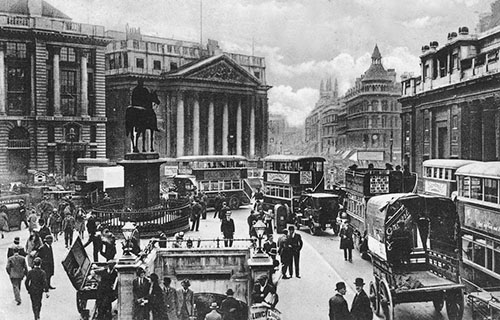
- When and where could a story like this take place?
- What is the time period?
- Type of dress?
- Daily routine?
- What are the societal ‘rules’ of this world?
- How does the character either fit in or stand out in this world?
- What is special about this setting?
- What past events in this setting should the character know about?
Special Note:
If magic is the norm in this story world or if animals can talk, or if your characters routinely fly to work in a spaceship, you need to establish that this is the ordinary way of things on the first few pages to “ground” the reader with what they should expect.
Conflict/Problem:
The story starts with the character living in his ordinary every-day world, then something happens to turn his world upside down. This unexpected event is a “turning point” in the character’s life. This event occurs within the first 2 – 3 chapters of your story. It is an “inciting incident” which the character finds disruptive, dire, and has life or death consequences either physically or emotionally.
The character must do something about it. The problem will not go away on its own. Attempting to solve the problem will force the character out of his comfort zone.
- What is the problem the character must face?
- What are the stakes? What will happen if this character does not go on the quest, or solve the problem?
The consequences have to matter. Life will never be comfortable again until the character does something to change the situation.
2) Going on the Quest or Adventure
Your main character should have a strong need, want, or desire, or a personal goal he wants to achieve, and the conflict/problem the character was just presented with in the first few chapters will put that personal goal in jeopardy.
In response to this problem, the character must make a decision. The character comes up with a story goal and an action plan, to solve the problem so he can get on with his life.
Example: A woman has a personal goal to make her new restaurant a success. Then enters the big bad problem—someone else claims to own the deed to the land the restaurant is on and wants to put an office building there instead. The woman’s restaurant is now in jeopardy, so she will decide upon a “story-worthy goal” to prove the land is indeed hers and perhaps take her opposition to court. This will take several steps and the opposition will continue to get in her way. However, the woman fights because she will not be happy or be able to achieve her personal goal until she battles and defeats the problem the opposition has thrust on her.
Another example is seen in the movie, Romancing the Stone. The heroine is content writing adventurous romance novels (her personal goal) from the safety of her home. Then enters the big bad problem—her sister is kidnapped and may be killed unless the heroine travels to a foreign land and provides the kidnappers with a specific map. The story-worthy goal soon becomes a quest to find the gem on the treasure map to give her more leverage to save her sister. (With the help of a handsome mercenary, of course!) This romance writer will have to step out of her comfort zone to achieve this goal and she will not be able to go back to her writing until the problem is resolved.
Give your character at least three different big attempts to achieve their goal with some minor steps in-between. The character should try and fail, try and fail, try and fail—learning a little something each time—so that at the end of the story the character has what it takes to finally win! (However, the character should also achieve a few little victories along the way to encourage him to stay motivated.)
- How will the character overcome the big bad problem? What is his new story-worthy goal?
- What is the first step the main character can take to try to achieve this goal?
- How will the villain/antagonist try to stop him?
- What other steps can your character take to achieve his overall story-worthy goal?
- What is another pivotal, game-changing event occurring around the midpoint of your story that could cause the main character to take a different path?
- What will the main character learn along the way?
- Brainstorm 20 things that could possibly happen in a story like this, good and bad. How many ideas can you come up with? Which ones best suit the story?
3) Black Moment
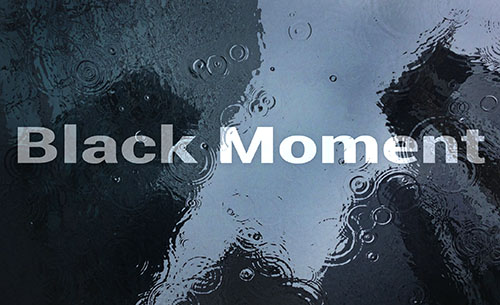
This is when the main character’s worst fear appears to come true. Something bad happens three-quarters of the way through the story to make him believe ‘all is lost.’ With this new development, the main character cannot see how he can resolve his problem and loses hope that he can archive his story-worthy goal. He may even have a ‘dark night of the soul’ and believe that it is his own fault. The other characters may have abandoned him at this point or perhaps they were swept away by the villain. It seems the antagonist has the upper hand. The main character considers everything that has led him up to this point and what may still lie ahead.
- When your character first set out on his journey to achieve his goal, what did he most fear would happen if he didn’t succeed?
- How can you make it seem as if your character’s fear has come true or that his quest has failed?
4) Revelation
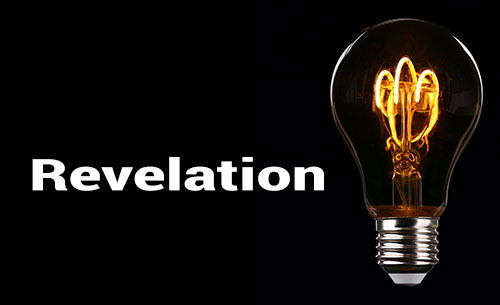
The character receives new insight or new info they did not previously have that changes everything! The lesson of the story may come into play here as the character realizes it may have been his own fear/faults that led him into the black moment, but now he knows what he must do. He summons his courage and strength for one last final battle – the do or die moment – to overcome his problem once and for all. With the new info or insight, he now has the advantage to do what he could not do before. He may have to regather his tools and team at this point, and he preps to go into the final battle or “climax” of the story.
- What new information or insight could the main character receive that gives him hope that he can now defeat the villain/antagonist and overcome his problem?
- What tools, skills, or team members will the main character need for the climax?
5) Climax

The final battle is a face to face confrontation between the main character and the villain/antagonist who has been opposing him throughout the entire story. This “battle” can be a real fight or as simple as competing against one another in a baking competition, but it has to mean everything to your character and the end result should be life-altering. This is an event that the entire story has led up to, the most exciting moment in the entire story. The main character’s future hangs in the balance and is determined by the outcome. The main character uses the knowledge, insights, or skills he’s gained from his journey, overcomes his previous fears or weakness, and gives this battle his best shot.
- How does the main character fight to overcome the story problem?
- Where does this scene take place?
- How does the villain/antagonist fight back?
6) How does it end?
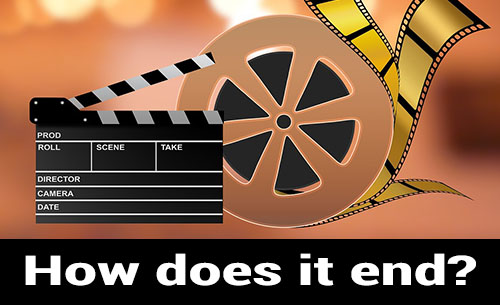
What happened at the climax? Did your main character win or lose?
In popular genre fiction, it is deeply satisfying to have the main character win as a ‘reward’ for all the trouble they have gone through to defeat the opposition.
In a quest or treasure hunt, the character may finally find the treasure. In a romance, which requires a “happily-ever-after” commitment scene at the end, there may be a marriage proposal. In a mystery, thriller, or suspense, the truth or true murderer’s identity may be revealed.
However, sometimes the character may choose to give up something he thought was important (the original goal) for something he now values even more.
Example: If it was the heroine’s goal to save the ranch from developers, she may now choose to sell her land to an environmental protection group in order to get the money to save the life of someone she loves or to pursue the career she discovered she is truly interested in. And she is at peace with this decision.
To show that the main character’s goal has been achieved and his problem resolved, and to prove that the character has changed for the better for his efforts, there needs to be a capping-off scene at the end.
- What has your main character learned by going on this story journey?
- How has he changed? What can you have the main character do to prove he’s changed?
- How will you show that the main character’s life will now be different?
- How will he be ‘rewarded’ for enduring the trials he encountered throughout the story journey?
- What does the character intend to do next?
Now put it all together and write a short summary of your “working story idea.”
Our Goal for Aspiring Writer Academy is to help people learn how to write quality fiction, teach them to publish and promote their work, and to give them the necessary tools to pursue a writing career.
If you have any questions or would like to leave a comment below, we would love to hear from you!

ENTER YOUR EMAIL BELOW
TO GET YOUR FREE
"Brainstorming Your Story Idea Worksheet"
7 easy fill-in-the-blank pages,
+ 2 bonus pages filled with additional story examples.
A valuable tool to develop story plots again and again.
Other Blog Posts You May Like
Scene & Sequel: The Secret to Plotting an Epic Novel
Scene & Sequel: The Secret to Plotting an Epic Novel (Part 2)
Writing Fiction: How to Develop Your Story Premise
12 Quick Tips to Write Dazzling Dialogue
10 Questions to Ask When Creating Characters for Your Story
Macro Edits: Looking at Your Story as a Whole
Basic Story Structure: How to Plot in 6 Steps
Writing Fiction: How To Keep Track of Time in Your Story
Behind the Scenes: Interview with the Authors of the “Sew in Love” Collection
Do you find it difficult to create compelling antagonists and villains for your stories? Do your villains feel cartoonish and unbelievable? Do they lack motivation or a specific game plan? Discover the secrets to crafting villains that will stick with your readers long after they finish your story, with our How to Create Antagonists & Villains Workbook.
This 32-page instructional workbook is packed with valuable fill-in-the-blank templates and practical advice to help you create memorable and effective antagonists and villains. Whether you're a seasoned writer or just starting out, this workbook will take your writing to the next level.

is a multi-published author, speaker, and writing coach. She writes sweet contemporary, inspirational, and historical romance and loves teaching aspiring writers how to write quality fiction. Read her inspiring story of how she published her first book and launched a successful writing career.

